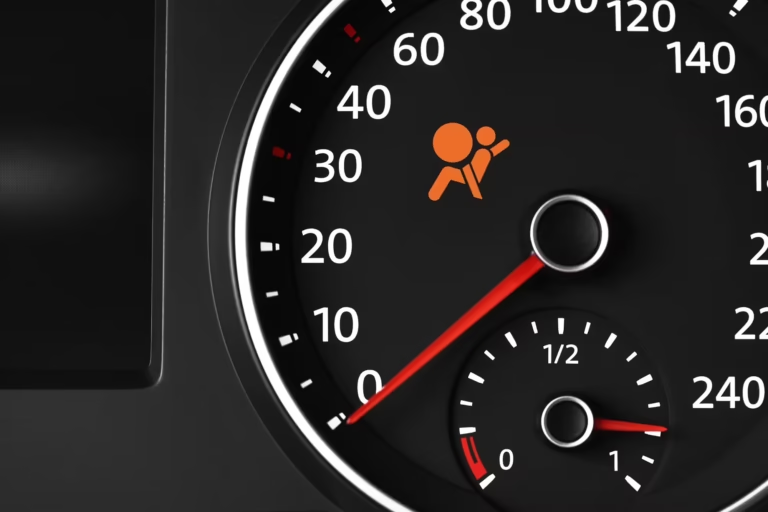Does Jump Starting A Car Damage The Alternator?

Jump-starting a car is often necessary when a vehicle’s battery dies, but many car owners worry about the potential for damage to other components, such as the alternator. The alternator plays a crucial role in charging the battery and powering electrical systems. In this article, we’ll explore whether jump-starting a car can damage the alternator and provide tips to jump-start safely.
What Is an Alternator?
The alternator is an essential component of your vehicle’s electrical system. Its primary functions include:
- Charging the Battery: The alternator replenishes the battery’s charge while the engine runs.
- Powering Electrical Systems: It provides power to lights, radio, air conditioning, and other systems.
A healthy alternator ensures your car runs smoothly, even under heavy electrical load.
How Does Jump Starting Work?
Jump-starting involves connecting a vehicle with a dead battery to another car with a charged battery or a jump starter pack. The process allows the dead battery to receive enough power to crank the engine and start the car.
Can Jump Starting Damage the Alternator?
While jump-starting is generally safe when done correctly, improper techniques can potentially damage the alternator. Here’s how:
1. Excessive Electrical Load
When you jump-start a car with a very low or completely dead battery, the alternator is forced to work harder to recharge it once the car starts. This can strain the alternator, especially if it’s already old or weak.
- Risk: Overloading the alternator may lead to overheating or premature failure.
2. Incorrect Connection of Cables
Connecting the jumper cables incorrectly (reversing polarity) can send a surge of voltage through the system, damaging not only the alternator but also other electrical components.
- Risk: A voltage surge can fry the alternator’s diodes or internal circuits.
3. Using a Faulty Battery
If the battery being jump-started is completely dead or unable to hold a charge, the alternator will continue to overwork itself, leading to potential damage over time.
How to Safely Jump-Start a Car
To avoid damaging the alternator or other components, follow these safety tips:
1. Check the Battery’s Condition
Before jump-starting, inspect the dead battery for signs of damage, such as leaks or swelling. If the battery is compromised, replace it rather than attempting to jump-start.
2. Use the Correct Jumper Cables
Always use quality jumper cables with proper insulation and clamps to minimize resistance and prevent voltage surges.
3. Follow the Correct Connection Procedure
- Attach the red cable to the positive terminal of the dead battery.
- Attach the other end of the red cable to the positive terminal of the charged battery.
- Attach the black cable to the negative terminal of the charged battery.
- Attach the other end of the black cable to an unpainted metal surface on the dead car (such as a bolt or engine bracket) to ground the connection.
4. Avoid Overloading the Alternator
After jump-starting, allow the car to idle for a while to recharge the battery gradually. Avoid immediately turning on high electrical loads like the AC or headlights.
5. Consider Using a Portable Jump Starter
Portable jump starters are designed to deliver a controlled amount of power, reducing the risk of damage to the alternator or other components.
Signs of Alternator Damage After Jump-Starting
If jump-starting has affected the alternator, you may notice the following symptoms:
- Dim Lights: Headlights or dashboard lights appear dim.
- Electrical Issues: Power windows, radio, or other systems malfunction.
- Battery Warning Light: The battery light on the dashboard remains illuminated.
- Frequent Battery Problems: The battery struggles to hold a charge even after replacement.
If you observe these issues, have your alternator inspected by a mechanic.
FAQs
1. Can a weak alternator cause jump-starting problems?
Yes, a weak alternator may struggle to recharge the dead battery after jump-starting, leading to potential system failures.
2. How can I tell if my alternator is damaged?
Common signs include electrical malfunctions, dim lights, and difficulty starting the car. A mechanic can confirm the issue through testing.
3. Should I replace the battery after jump-starting?
If the battery frequently dies or shows signs of damage, replacing it is a good idea to prevent further strain on the alternator.
4. Can jump-starting damage other components?
Yes, incorrect jump-starting can damage components like the battery, fuses, and electronic control units (ECUs).
5. How long should I let my car run after a jump-start?
Let the car run for at least 20–30 minutes to allow the alternator to recharge the battery.
Conclusion
Jump-starting a car does not typically damage the alternator if done correctly. However, improper techniques, such as reversed cables or excessive electrical load, can cause harm. To protect your alternator and other components, always follow safe jump-starting practices and monitor your vehicle for any signs of trouble afterward. Regular maintenance of your battery and alternator can also help prevent issues in the future.
Also Check:
• Does a Bad Alternator Kill a Battery?





